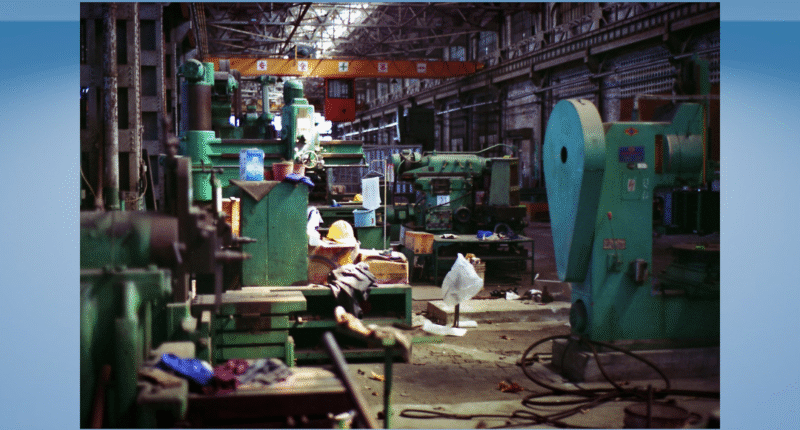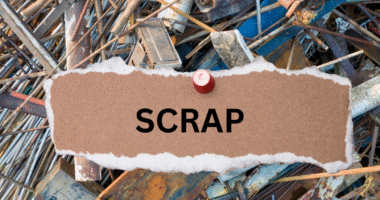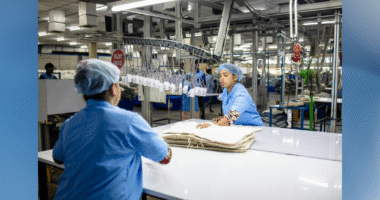When companies talk about lean manufacturing or workplace efficiency, the 5S methodology is often one of the first tools to be introduced. While its primary focus is on organization and efficiency, the true power of 5S lies in how it shapes workplace culture. By applying the five steps—Sort, Set in Order, Shine, Standardize, and Sustain—businesses can create an environment where employees thrive, collaborate, and continuously improve.
1. Building a Culture of Organization and Discipline
At its core, 5S encourages structure and discipline. Employees learn to remove unnecessary items, keep workspaces orderly, and follow clear processes. Over time, this discipline becomes a shared cultural value. Teams begin to take pride in maintaining an organized workplace, creating an environment where everyone works more efficiently and effectively.
2. Fostering Teamwork and Collaboration
5S is not a one-person effort—it requires collective participation. Teams work together to identify problems, design solutions, and maintain standards. This collaborative process strengthens communication and trust among employees. As individuals contribute to organizing and improving their environment, they feel more connected to the team and to the company’s success.
3. Enhancing Safety and Employee Well-Being
A clean and organized workplace is a safe workplace. Through regular cleaning and inspections, 5S reduces hazards and creates a safer environment for everyone. This focus on safety shows employees that their well-being is valued, which strengthens loyalty and morale. A safe, supportive culture encourages employees to bring their best to work every day.
4. Driving Engagement and Ownership
5S empowers employees by giving them ownership of their workspaces. When workers are directly involved in shaping and maintaining their environment, they feel valued and respected. This sense of ownership increases engagement, motivates continuous improvement, and fosters a culture where employees are active participants rather than passive followers.
5. Creating a Mindset of Continuous Improvement
The final steps of 5S—Standardize and Sustain—encourage long-term discipline and growth. By making improvements part of daily routines, employees adopt a mindset of continuous improvement. This cultural shift ensures that efficiency, safety, and collaboration are not one-time achievements but ongoing practices.
The impact of 5S goes far beyond organized workstations. It reshapes workplace culture by fostering organization, teamwork, safety, engagement, and continuous improvement. Companies that embrace 5S don’t just see improvements in efficiency—they build a strong, positive culture where employees thrive and contribute to long-term success.









